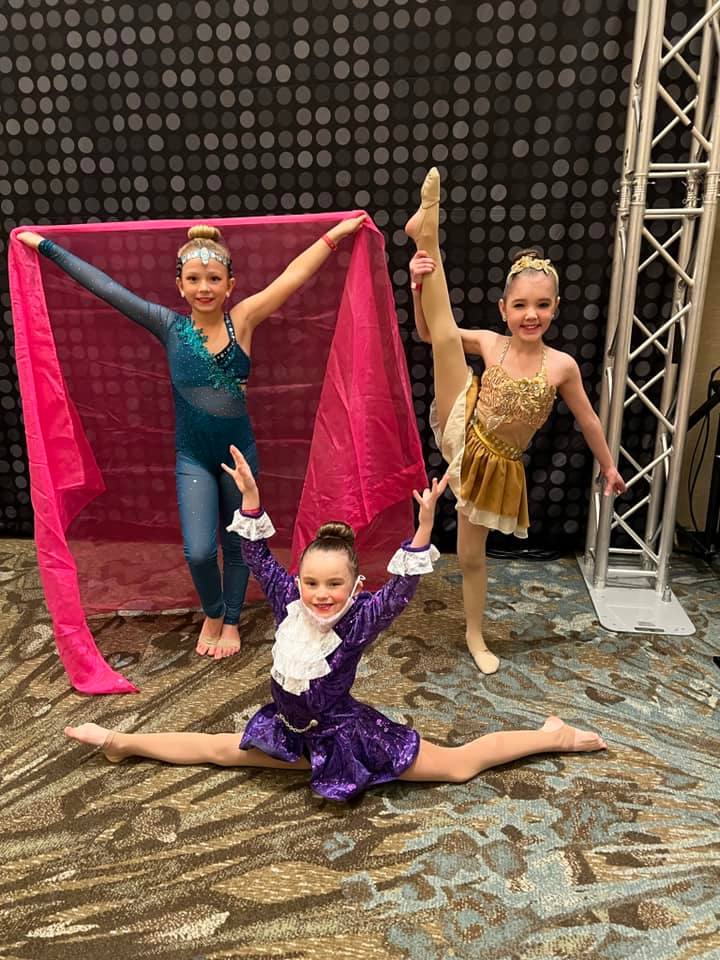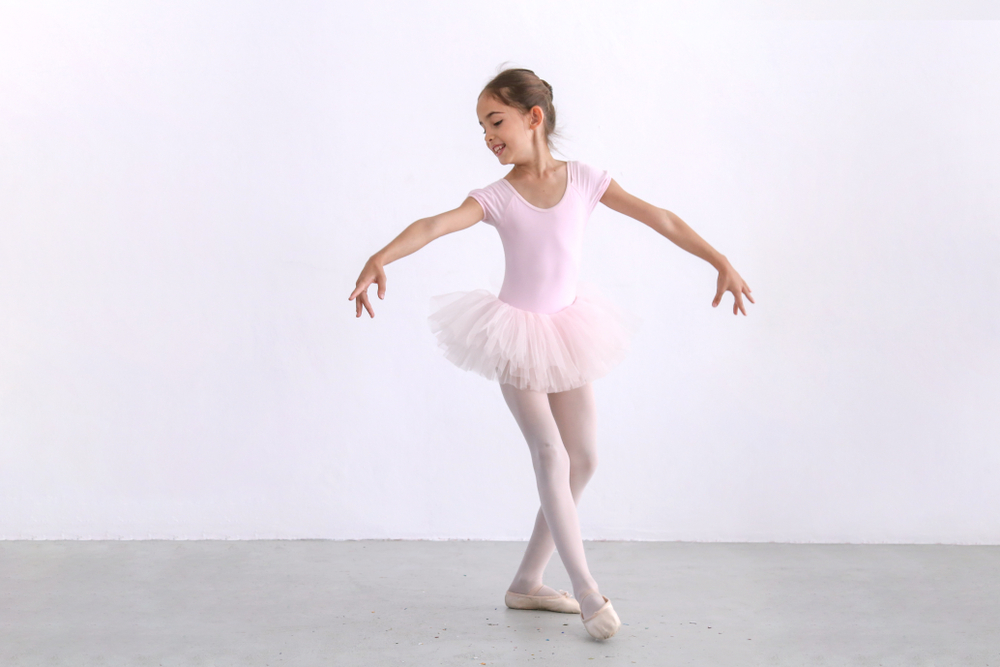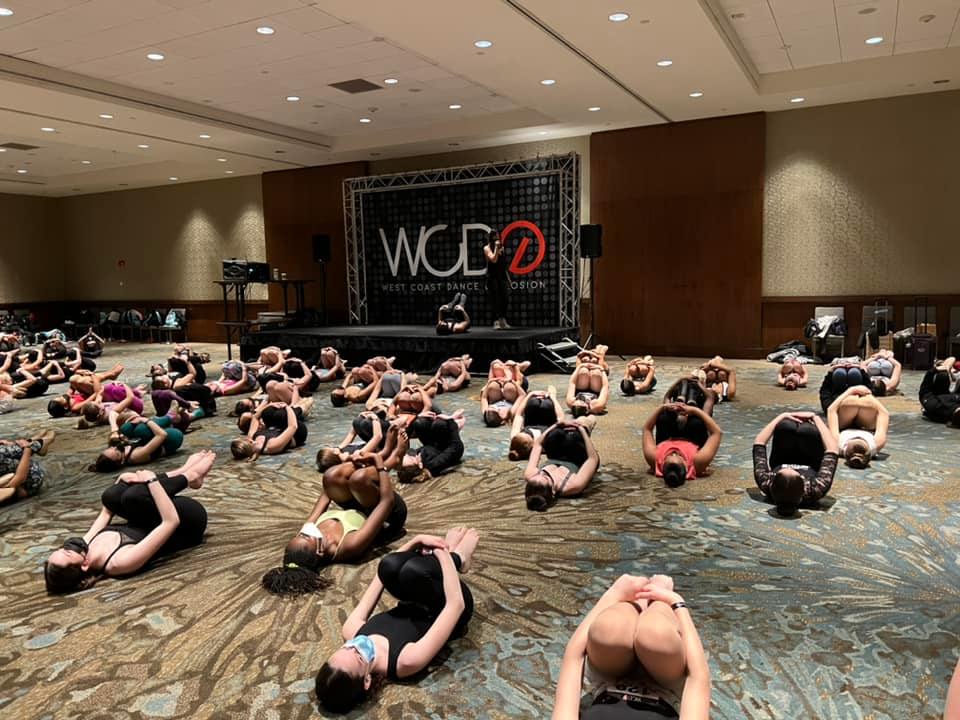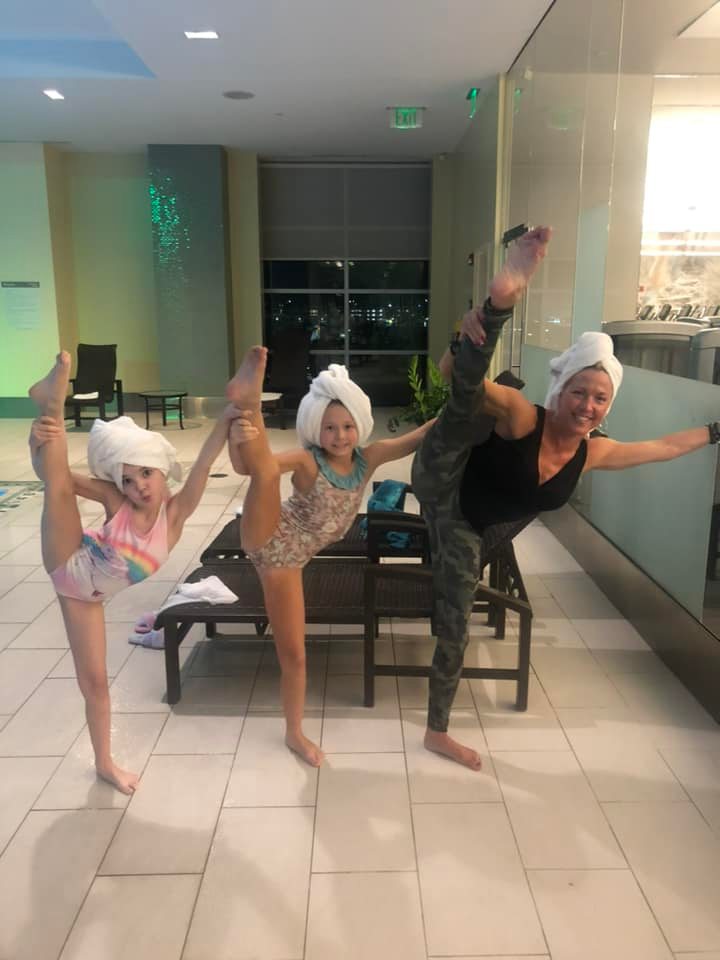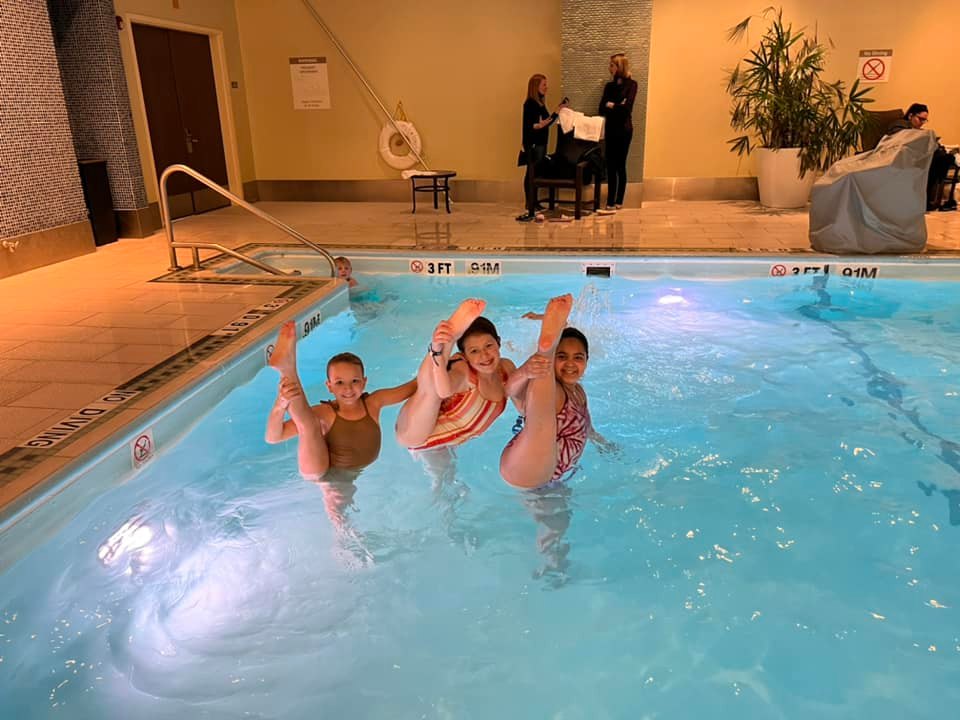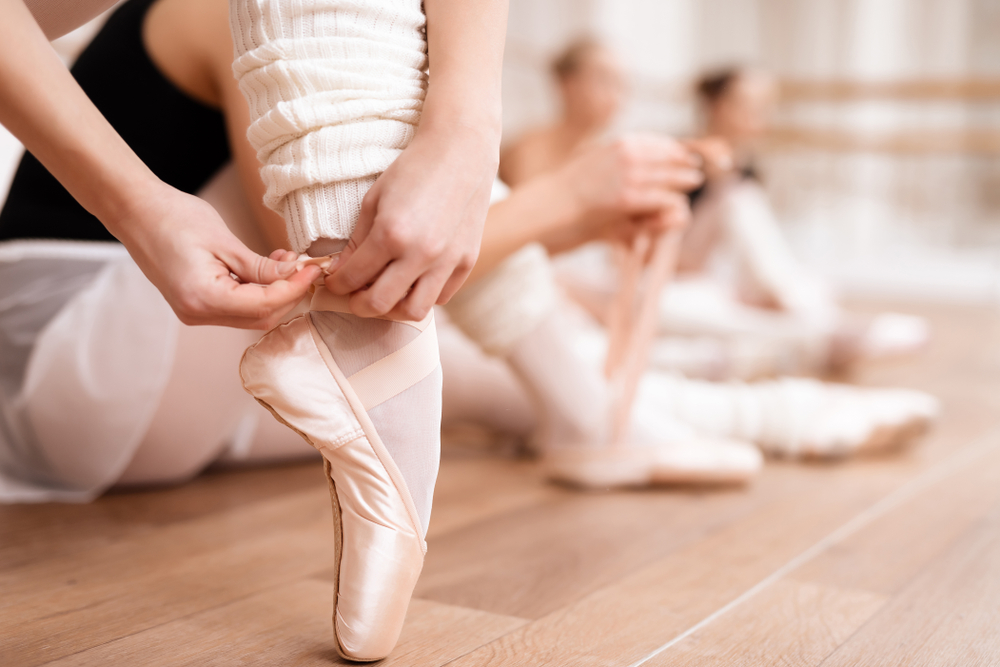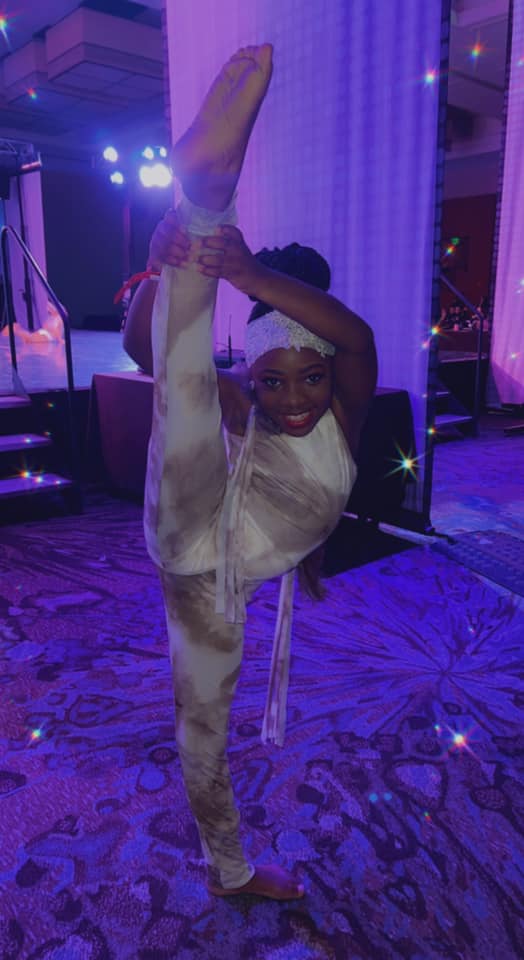How can a dancer calm their nerves and allow themselves to enjoy performing if they enjoy dancing in the studio but experience performance anxiety the moment they have to perform on stage?
Stage fright, or performance anxiety, is more commonly known to the general public as “stage fright,” and it affects performers from all backgrounds, including those who appear to be extraordinarily successful, such as Barbra Streisand and Adele.
Since you are transitioning from a relatively safe environment to one that is full of uncertainties, the act of bringing a performance from the rehearsal studio to the stage can naturally cause emotions of worry or even acute fear. When we enter this condition, it is impossible for you to access the parts of the brain that you need to perform properly. Your mind will likely be filled with “what if…” thoughts of all the things that could go wrong.
Before you take the stage, try this breathing technique if you start to feel nervous or panicky. Anywhere—the dressing room, the hallway outside the stage, or the wings—is a good place to practice.
Take a four-count inhale through your nose, followed by an eight-count exhalation through pursed lips. Pull your navel firmly toward your spine as you exhale. The counting will help you divert your attention from your nervous thoughts, and the controlled exhalation will lower your pulse rate. Tensing your stomach muscles will activate your vagus nerve, which will help you relax. Do this four times. If you still feel anxious, return to your regular breathing pattern and go through the process again. Nothing else should be done during this breathing, not even limbering or plying. Just pay attention to your breathing.
It’s crucial to keep in mind that because our minds and bodies are intertwined, whatever we focus on expands. It will start a cycle between your mind and body if, as you prepare to take the stage, you determine that you are feeling anxious. Anxious thought = anxious feeling = anxious thought and so on. After that, you will soon train yourself to experience increasing amounts of anxiety. It’s interesting to note that many of the bodily sensations that are associated with anxiety can also be associated with excitement.
The amazing thing about this technique is that you don’t have to exert physical effort in order to get a good result. This technique can be used whenever you are learning something new, so after you begin practicing a new routine or technique, spend some time, when you are traveling, before your rehearsals, just before you go to sleep, and when you wake up, trying practicing this: – close your eyes and go through the sequence, solo, or routine in your mind. Imagine that you have an energetic self that is doing this. Feel the physical feelings and your positive emotions as strongly as you can. If there is a step you find challenging, concentrate on the sensation of what it feels like to complete it right and experience how happy you feel when you do this. Visualize this other self performing the tasks flawlessly. Despite the fact that it takes some practice, there is compelling scientific evidence that doing this truly trains the same parts of the brain that you use while practicing in the real life.




